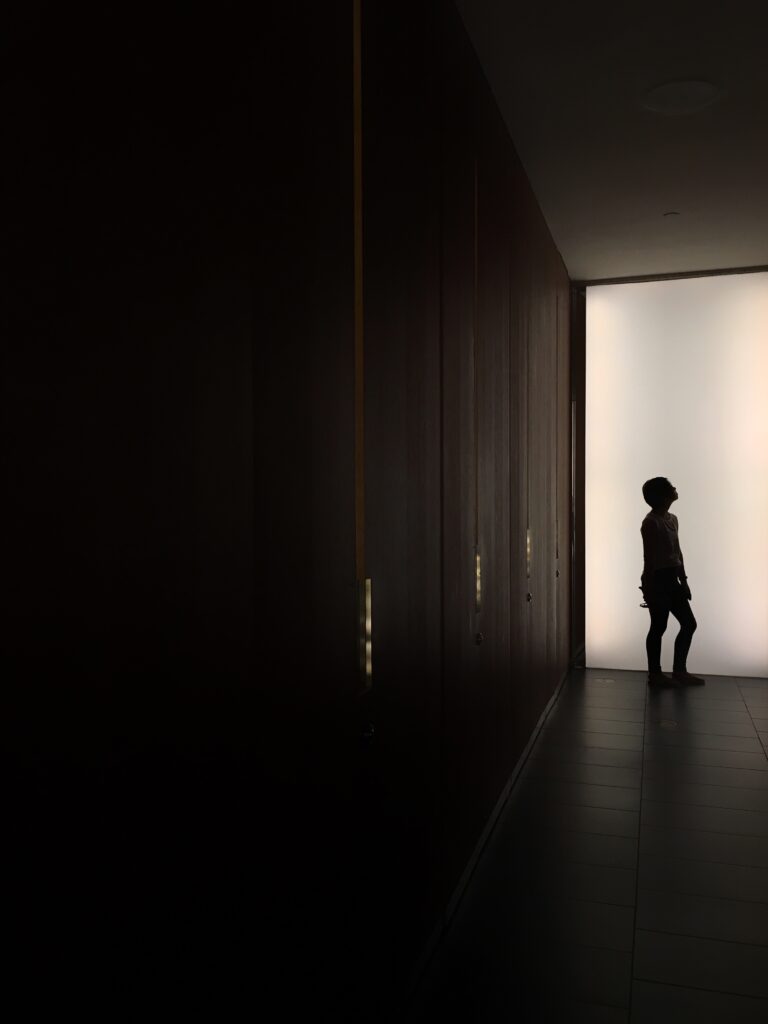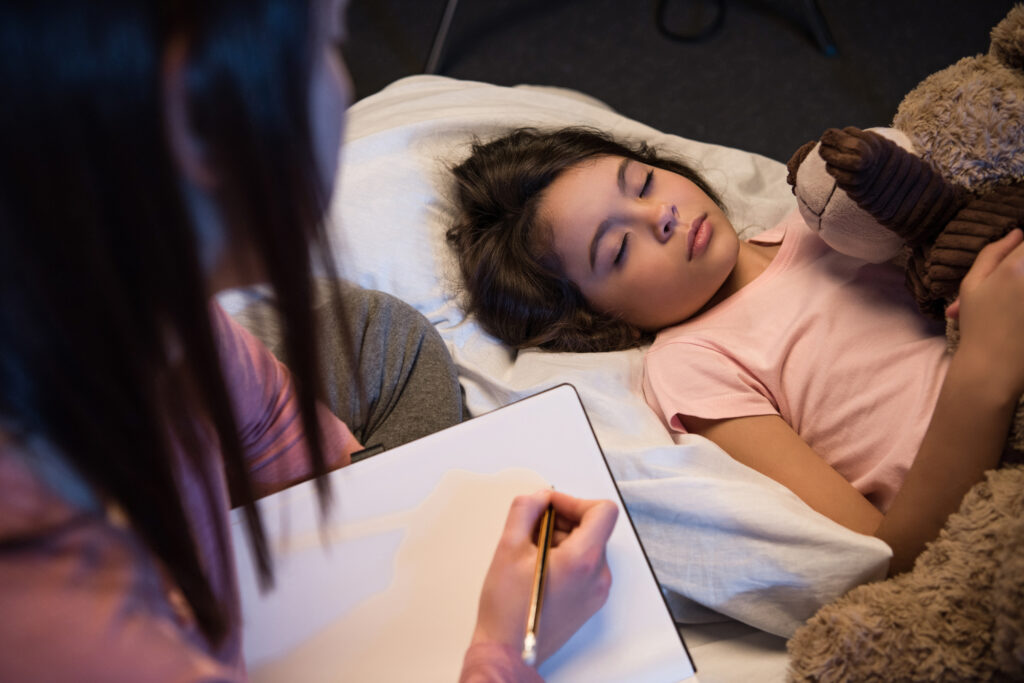Discover how your genes may influence your risk of sleepwalking. This page explores the hereditary aspects of sleepwalking, current scientific research, and how family history plays a role in nighttime wandering. Understanding the genetic connection can help shed light on patterns within families and open doors to better management and awareness.
Sleepwalking often runs in families. Studies have shown that individuals with a first-degree relative who sleepwalks are significantly more likely to exhibit the behavior themselves. While the exact genetic mechanisms are still being researched, sleepwalking appears to have a strong hereditary component linked to brain arousal thresholds and sleep cycle regulation.


Genetic studies, including twin studies and family tracking, indicate that sleepwalking is more common among individuals with a family history of parasomnias. Researchers have identified specific gene variants and patterns that may contribute to disrupted slow-wave sleep and reduced cortical arousal, both of which are associated with sleepwalking episodes. While genetics don’t guarantee sleepwalking, they significantly raise the risk.
Inherited traits can increase vulnerability to triggers that lead to sleepwalking. These triggers often interact with environmental or lifestyle factors, setting off episodes in genetically predisposed individuals.
Having one or both parents with sleepwalking history raises your likelihood significantly.
Conditions like night terrors or sleep apnea often run in families and correlate with sleepwalking.
Genetically linked brain responses may affect how the brain transitions between sleep stages.
Children with slower neural development (often hereditary) may experience more episodes.
Inherited patterns of fragmented or restless sleep may trigger sleepwalking events.
High stress reactivity, sometimes genetic, can influence sleep quality and behavior.
DID YOU KNOW
Sleepwalking affects both children and adults, often running in families. Linked to mental health and long-term persistence, it’s more common than many realize and deserves better awareness and support.
Sleepwalkers often navigate familiar spaces without being aware.
Most episodes begin during the deepest stage of sleep.
Sleepwalking can last a few seconds—or up to 30 minutes.
It’s okay to wake a sleepwalker—they may just be a bit disoriented.
Children vs Adults
Family Connection
Experienced Doctor
Chronic Cases
EXPERTS’ POINT OF VIEW
Experts from various fields share their insights on sleepwalking, its causes, risks, and effective treatments, helping to raise awareness and improve understanding of this complex condition.
Clinical Psychologist & Sleep Researcher
Consultant Neurologist & Sleep Specialist
Sleep Medicine Specialist, Mass Eye and Ear
Clinical Psychologist & Sleep Specialist
FAQS
Explore commonly asked questions about the genetic connection to sleepwalking and how family history may affect the condition.
Yes, sleepwalking often runs in families. Genetics can significantly increase risk.
No single gene has been identified, but several genetic markers are under study.
You’re more likely to sleepwalk, but it's not guaranteed. Other factors matter too.
Yes, children with a family history are at higher risk, especially during development.
In many cases, yes. Children may outgrow it, although it can persist into adulthood.
Often, yes. Twin studies show a strong genetic component to sleepwalking.
Currently, there are no routine genetic tests, but research in this area is ongoing.
Stay Informed & Empowered